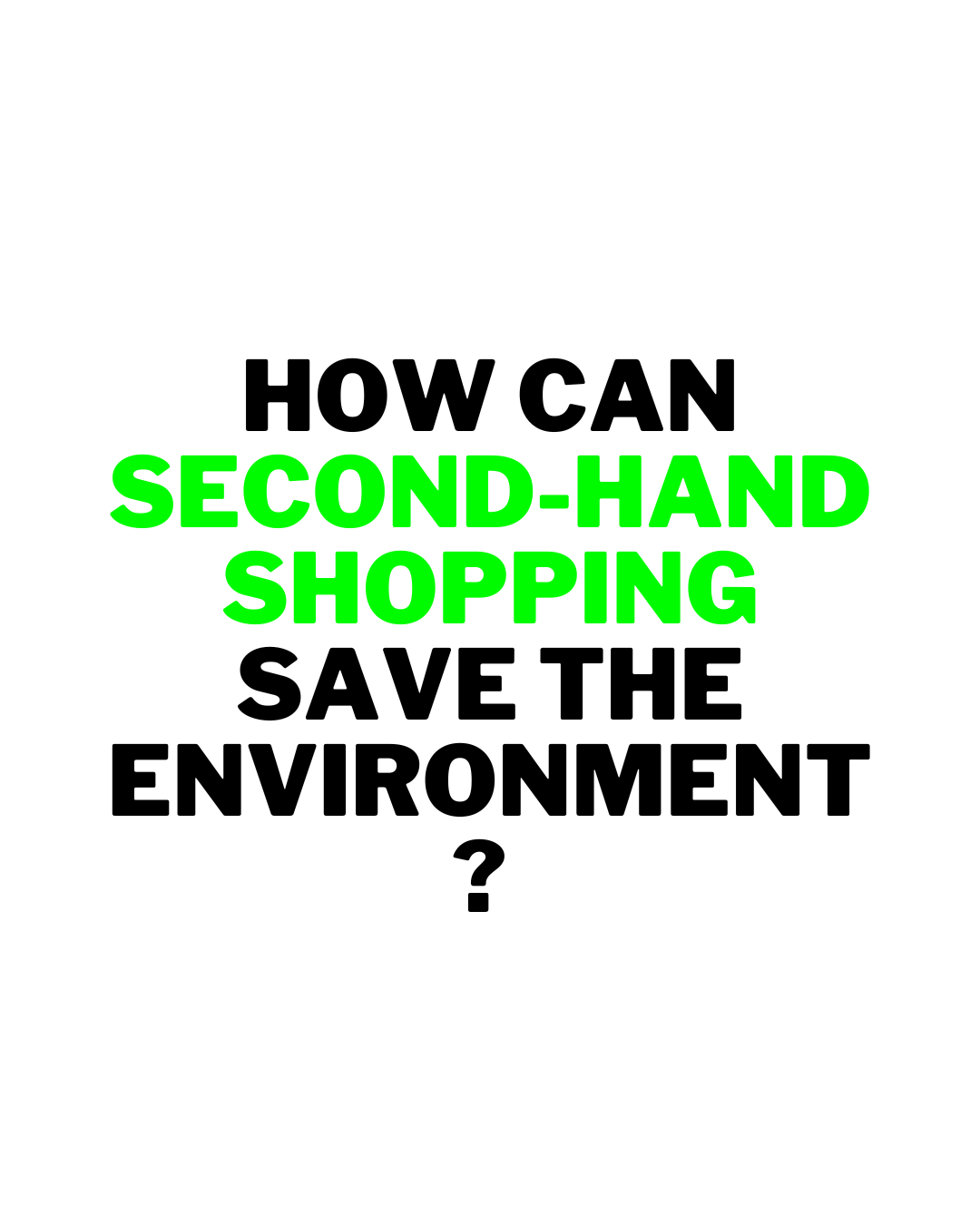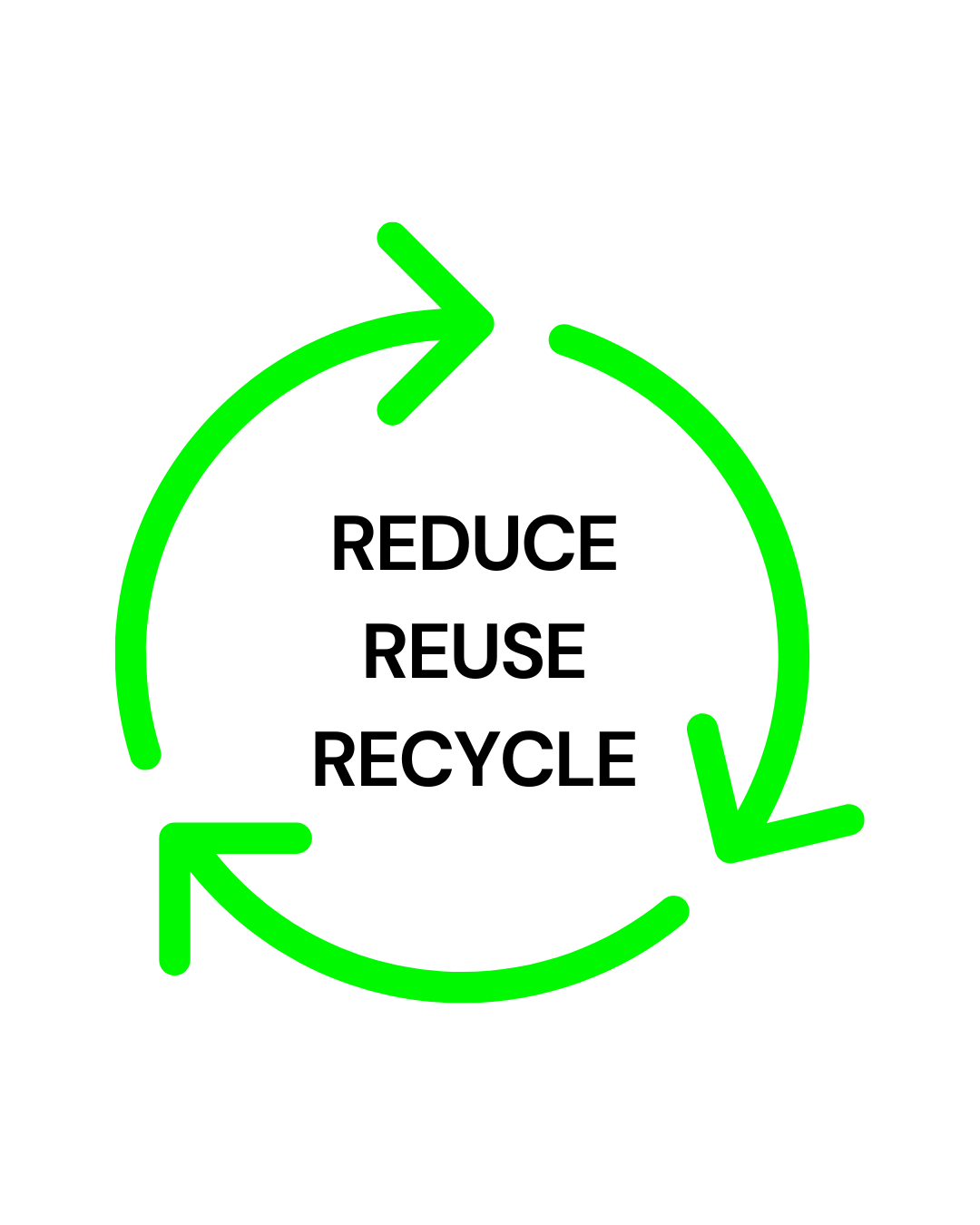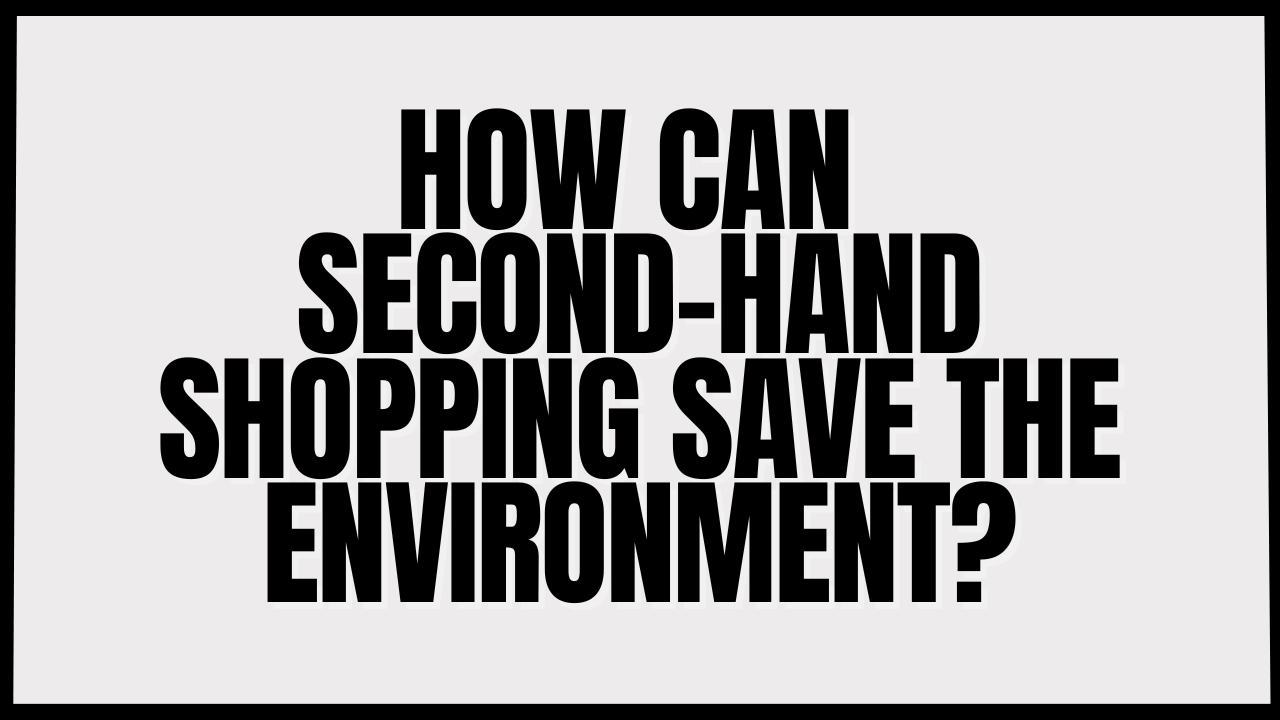
First things first: every little thing that we use and that we throw away in our lives has a huge environmental impact.
Whether it is small or big, we can’t ignore that the items we use on a daily basis have a footprint on the environment.
Every year, vast amounts of waste are generated and discarded by humans. In the United States alone, it is estimated that around 250 million tons of municipal solid waste are produced annually.
This includes materials like food waste, plastics, textiles, and electronics.
Globally, it is estimated that approximately 2.12 billion tons of garbage are generated each year.
It is estimated that the global textile industry produces approximately 92 million tons of waste each year, with the bulk of it being generated during the manufacturing process.
In addition to this, consumer textile waste from discarded garments and home textiles adds to the growing problem.
According to the Environmental Protection Agency (EPA), roughly 16 million tons of textile waste are generated each year in the United States alone, making up around 6% of all the waste in landfills.
The majority of this waste comes from clothing and other textile products, with only a small amount being recycled or repurposed.
Reduce, Reuse, Recycle

“Reduce, Reuse, Recycle” is a motto that emphasizes conservation and sustainability.
This concept encourages individuals to reduce their overall consumption, reuse materials when possible, and recycle as much as they can.
By reducing waste and preserving resources, we can protect the environment and preserve resources for future generations.
Embarking on an eco-friendly lifestyle may involve practicing simple habits like using reusable containers, buying second-hand items, composting, and recycling.
These efforts can help to reduce our carbon footprint, minimize waste production, and ultimately promote a healthier planet.
The term ‘’Second Hand Shopping’’
Second-hand shopping refers to purchasing items that have been previously used or owned by someone else.
This type of shopping is becoming increasingly popular due to the environmental benefits of reducing waste and curbing the negative impact of fast fashion on the planet.
It is also a more affordable way of purchasing items, as second hand stores typically sell items at a fraction of the original cost.
Second-hand shopping can include clothing, furniture, and electronics, among other items, and can be done both in physical stores and online marketplaces.
How can second-hand shopping save the environment?

1. Second-hand shopping helps reduce waste
The most obvious environmental benefit of second-hand shopping is that we create less waste.
Every year, millions of tons of materials are sent to landfills, including perfectly usable items.
By choosing to buy used goods, we reduce the demand for new products, which reduces the amount of waste generated.
Not only does this help protect the environment, but it also saves resources by extending the life of older items.
Additionally, buying used can often be cheaper than buying new, making it a smart choice for both the planet and our wallets.
2. Buying used instead of new reduces pollution
Purchasing used items rather than brand new ones often reduces pollution caused by the manufacturing and transportation of new products.
The production process for new goods is typically energy and resource-intensive, resulting in carbon emissions and other harmful pollutants.
Moreover, transporting new products requires fuel, resulting in more greenhouse gas emissions.
Thus, buying used goods not only saves money but also helps to reduce pollution and the negative environmental impact of manufacturing and transportation.
3. Second-hand shopping saves natural resources
When we buy second-hand goods, we are reducing the need for new production, which in turn saves natural resources.
This is because producing new items often requires the use of raw materials, energy, water and other resources that can have negative impacts on the environment.
By choosing to shop second-hand, we are also reducing the amount of waste that ends up in landfills, as items that may have otherwise been discarded are given a new lease of life.
Overall, second-hand shopping is an eco-friendly and sustainable way to consume.
4. Buying second-hand instead of new decreases our water footprint
Choosing to buy second-hand products instead of new ones can significantly reduce our water footprint.
Producing new goods requires huge amounts of water, from extracting resources to fabricating materials and assembling products.
By opting for second-hand items, we’re reducing the demand for new production and, therefore, the amount of water needed to create them.
This also helps to mitigate the environmental harm caused by industrial activities, which can have negative impacts on water quality and availability.
Ultimately, buying second-hand is a simple but effective way to reduce our overall water consumption and protect this vital resource for future generations.
5. Second-hand shopping saves energy
Shopping for second-hand items can significantly contribute towards saving energy resources.
The production and transport of new products require a considerable amount of energy, which can be avoided by buying used ones.
Second-hand shopping can be a sustainable option, especially for items that are rarely used or need to be replaced frequently.
Recycling and repurposing of second-hand items leads to fewer greenhouse gas emissions and less waste.
Additionally, second-hand shopping can be an affordable way to access high-quality products without supporting wastefulness and overconsumption.
6. Buying used reduces the demand for the packaging industry
This one might not be straightforward but is important to take into account.
One of the benefits of buying used products is that it can help reduce the demand for packaging materials.
When consumers purchase pre-owned items, they do not require new packaging and, therefore, reduce the need for new packaging materials.
This, in turn, can lead to a decrease in demand for the packaging industry, which can ultimately help in reducing waste and minimizing the negative impact on the environment.
Practical tips for second-hand shopping

Practical tips for second-hand shopping include researching prices before making a purchase, carefully examining items for any defects or damage, trying on clothing to ensure proper fit, and considering alterations to items that may need a little tweaking.
It’s also important to have a clear idea of what you want or need before entering a second-hand store, as it can be overwhelming to navigate.
Finally, don’t be afraid to negotiate prices or seek out deals, as second-hand prices are often flexible.

#secondhand #shopping #environment #recycle #NEOTEXTILE #RECYCLING #TEXTILE #POLLUTION #ECO #ENVIRONMENT
